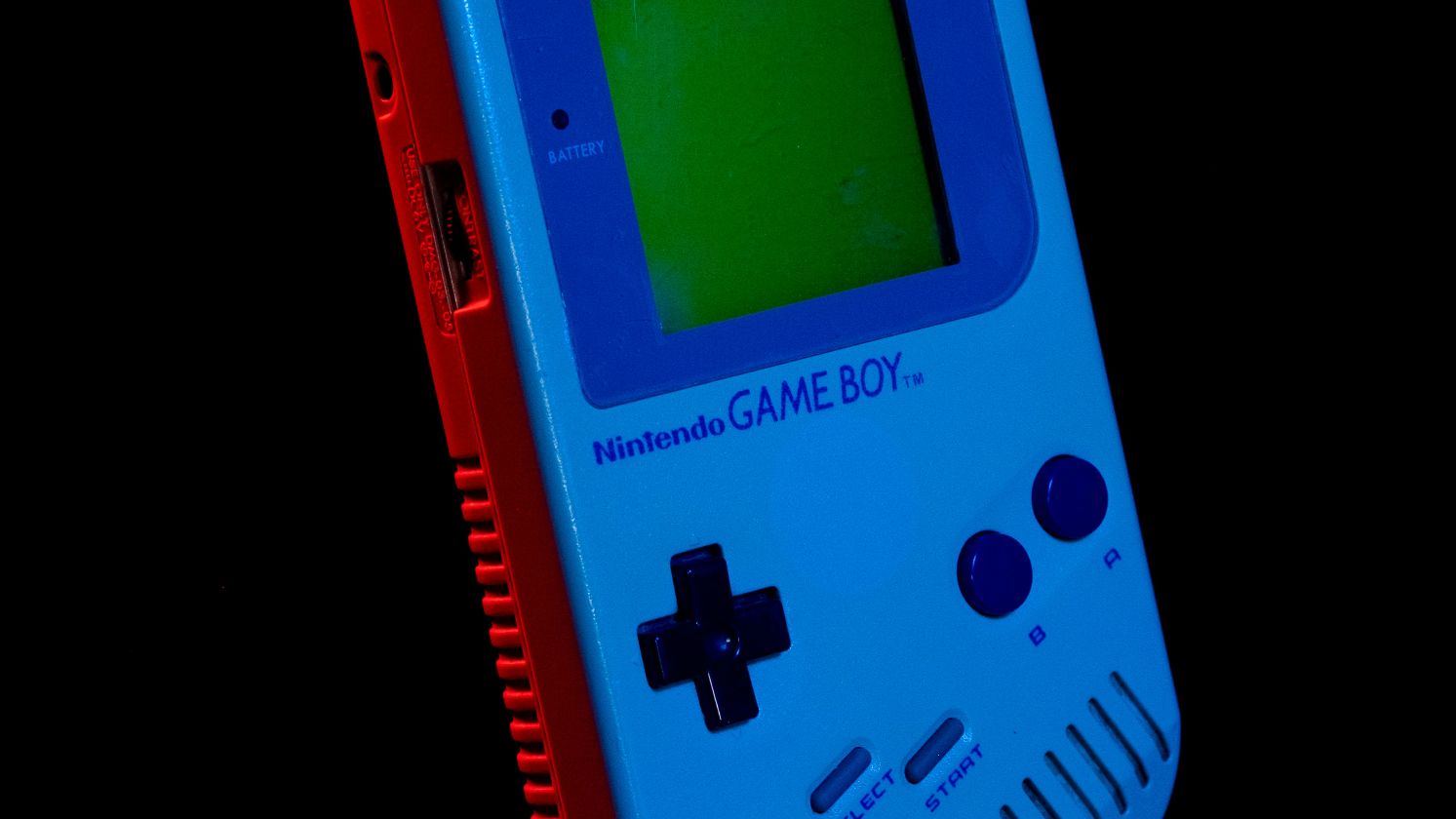Frames That Flow Like Reality
Some games don’t just tell a story—they show it to you in ways you've never seen. Rotoscoping is the art of tracing over live-action footage to create lifelike animation has been a quiet force behind some of the most striking moments in gaming history. Across decades and genres, rotoscoping has left its mark and shaped how players connect with characters, and in this list, we spotlight 20 titles that use it.
 Rosewater - Official Trailer by Application Systems Heidelberg
Rosewater - Official Trailer by Application Systems Heidelberg
1. Prince Of Persia (1989)
Prince of Persia pioneered the use of rotoscoping in video games. Its creator, Jordan Mechner, filmed his younger brother running and jumping to capture realistic movement for the game. Many players even mistook its fluid animation for pre-rendered video.
 Prince of Persia (1989, PC) - complete game walkthrough, ALL mega potions! by Luke's World
Prince of Persia (1989, PC) - complete game walkthrough, ALL mega potions! by Luke's World
2. Another World
Only one person designed this game—impressive for such high-quality animation. It stands out for its use of filled 2D polygons and vector art for characters and animations, and its minimalist storytelling is told without dialogue, relying entirely on visuals and body language.
 Another World Longplay (Amiga) [50 FPS] by AL82 Retrogaming Longplays
Another World Longplay (Amiga) [50 FPS] by AL82 Retrogaming Longplays
3. Flashback
Flashback is known for its smooth, rotoscoped animation that enhanced its cinematic platforming style, and films like Blade Runner and Total Recall influenced its development. The game has a cyberpunk storyline that features alien conspiracies and interplanetary travel.
 Flashback Longplay (Amiga) [50 FPS] by AL82 Retrogaming Longplays
Flashback Longplay (Amiga) [50 FPS] by AL82 Retrogaming Longplays
4. The Last Express
Jordan Mechner used rotoscoping to animate the characters in this real-time mystery set on the Orient Express. The art style blends realistic motion with hand-painted frames, and the game unfolds in real time—events happen whether or not the player is present.
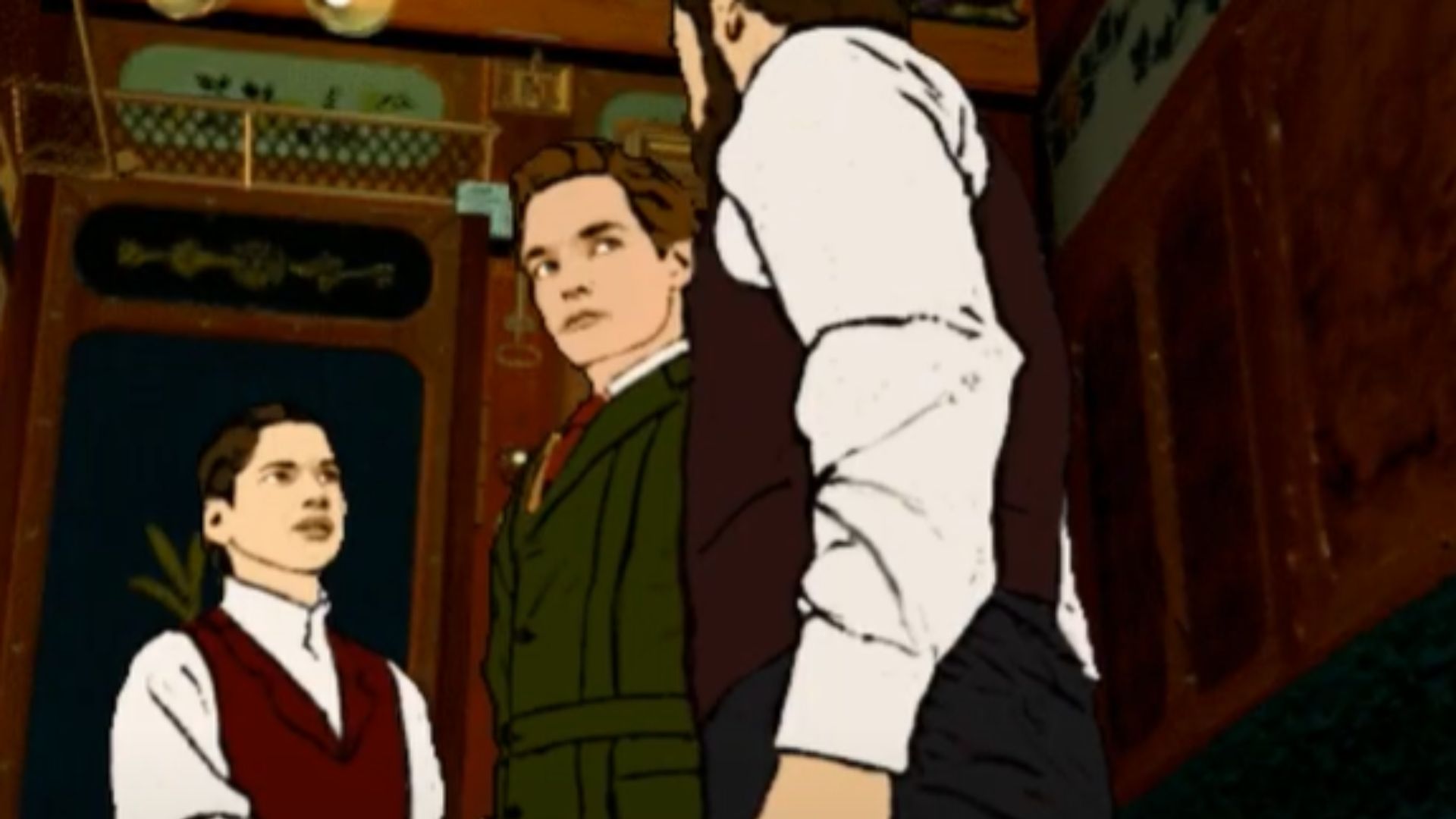 The Last Express (PC) Playthrough - NintendoComplete by NintendoComplete
The Last Express (PC) Playthrough - NintendoComplete by NintendoComplete
5. Deadlight
To ensure smooth, cinematic platforming animations, the protagonist was rotoscoped. Deadlight’s story is set in a 1980s zombie outbreak on the US West Coast, and its art style uses heavy silhouettes and lighting effects for mood. The game’s survival elements emphasize evasion over combat.
 Deadlight Playthrough - Complete Game (Walkthrough/Let's Play) by PRIC3LESSMPB
Deadlight Playthrough - Complete Game (Walkthrough/Let's Play) by PRIC3LESSMPB
6. Lunark
Using hand-rotoscoped frames for movement, Lunark was built as a modern love letter to ’90s cinematic platformers. A single developer, Johan Vinet, mostly created the entire game and personally filmed all of the rotoscope footage.
 Lunark Review - The Best 2D Cinematic Platformer in Years by Noisy Pixel
Lunark Review - The Best 2D Cinematic Platformer in Years by Noisy Pixel
7. NHL All-Star Hockey ’95
This game included actual NHL team logos and player likenesses for authenticity. To increase realism, player animations were made using rotoscoped footage of real hockey movements. It also featured a detailed season mode that tracked stats over time.
 NHL All-Star Hockey 95 ... (Sega Genesis) Gameplay by 10min Gameplay
NHL All-Star Hockey 95 ... (Sega Genesis) Gameplay by 10min Gameplay
8. Nosferatu (1994)
Few SNES titles dared to merge horror atmosphere with cinematic platforming in the way this game did. It used rotoscoping as a technique to mimic human-like movements for character sprites, and the final boss design was modeled after classic movie monsters rather than modern horror.
 Nosferatu Longplay (SNES) [QHD] by AL82 Retrogaming Longplays
Nosferatu Longplay (SNES) [QHD] by AL82 Retrogaming Longplays
9. Blackthorne
For the first versions of Blackthorne, the sprites for game characters were done using rotoscoping techniques. Set in a sci-fi fantasy world, it mixes alien technology with medieval weaponry and blends fluid character animation with gritty, detailed environments.
 Blackthorne Longplay (SNES) [QHD] by AL82 Retrogaming Longplays
Blackthorne Longplay (SNES) [QHD] by AL82 Retrogaming Longplays
10. OnEscapee
The cutscenes of OnEscapee use rotoscoping to create long, cinematic sequences. This game's story is told largely through visuals, with minimal dialogue or text, and its character animations are smooth and lifelike. It also features surreal alien scenery inspired by Another World style aesthetics.
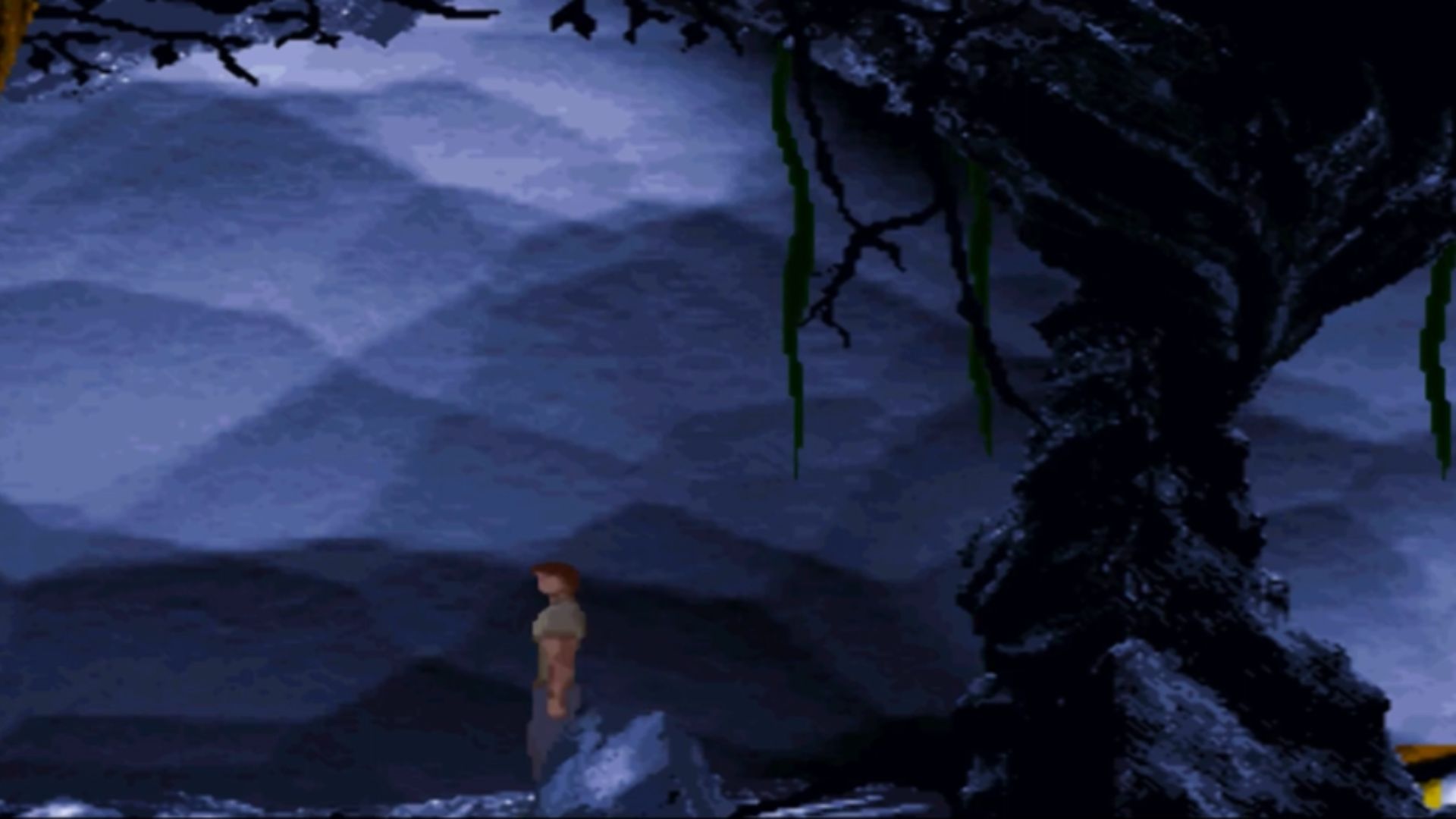 Lets die - OnEscapee by RickJoystick
Lets die - OnEscapee by RickJoystick
11. Heart Of The Alien
Not only did this game continue the story of Another World, but it also maintained its distinctive rotoscoped animation style. The perspective shift lets players control Buddy, the alien friend from the first game, and its cutscenes were praised for cinematic quality despite hardware limits.
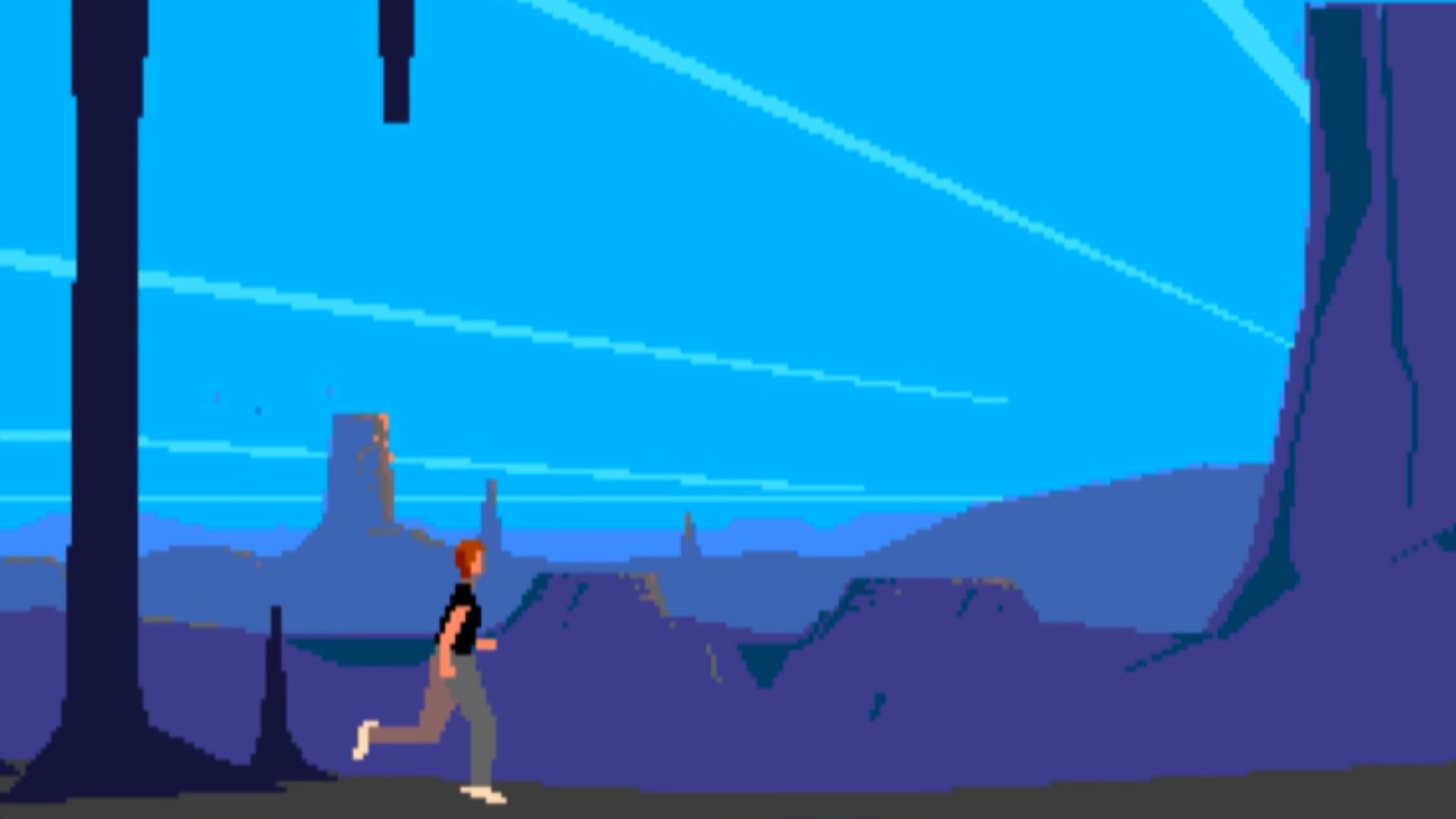 Heart of the Alien (Sega CD) Playthrough by NintendoComplete
Heart of the Alien (Sega CD) Playthrough by NintendoComplete
12. Bioforge
Rotoscoping was used to enhance the realism of this 3D cinematic adventure’s character movements. In the game, you find detailed motion capture combined with polygonal models for lifelike animation. As for the story, it blends cybernetics, amnesia, and alien ruins into a single mysterious plot.
 Bioforge [PC, DOS] - Longplay (No deaths, No commentary) by xeelwarbeast
Bioforge [PC, DOS] - Longplay (No deaths, No commentary) by xeelwarbeast
13. Curse Of Enchantia
Curse of Enchantia stood out for telling its story entirely without dialogue or text, and its character animations were crafted through rotoscoping. Comedic sight gags and absurd scenarios make up its environments, and its humor often parodies other popular games and movies.
 Let's play Curse of Enchantia by yahtzee19
Let's play Curse of Enchantia by yahtzee19
14. Hotel Dusk: Room 215
While characters were animated with rotoscoping, a brushwork style illustrates the game's environments with half-finished backgrounds and 3-D objects strewn about. The unique art style made it instantly recognizable among Nintendo DS titles, and the game is played holding the DS sideways like a book.
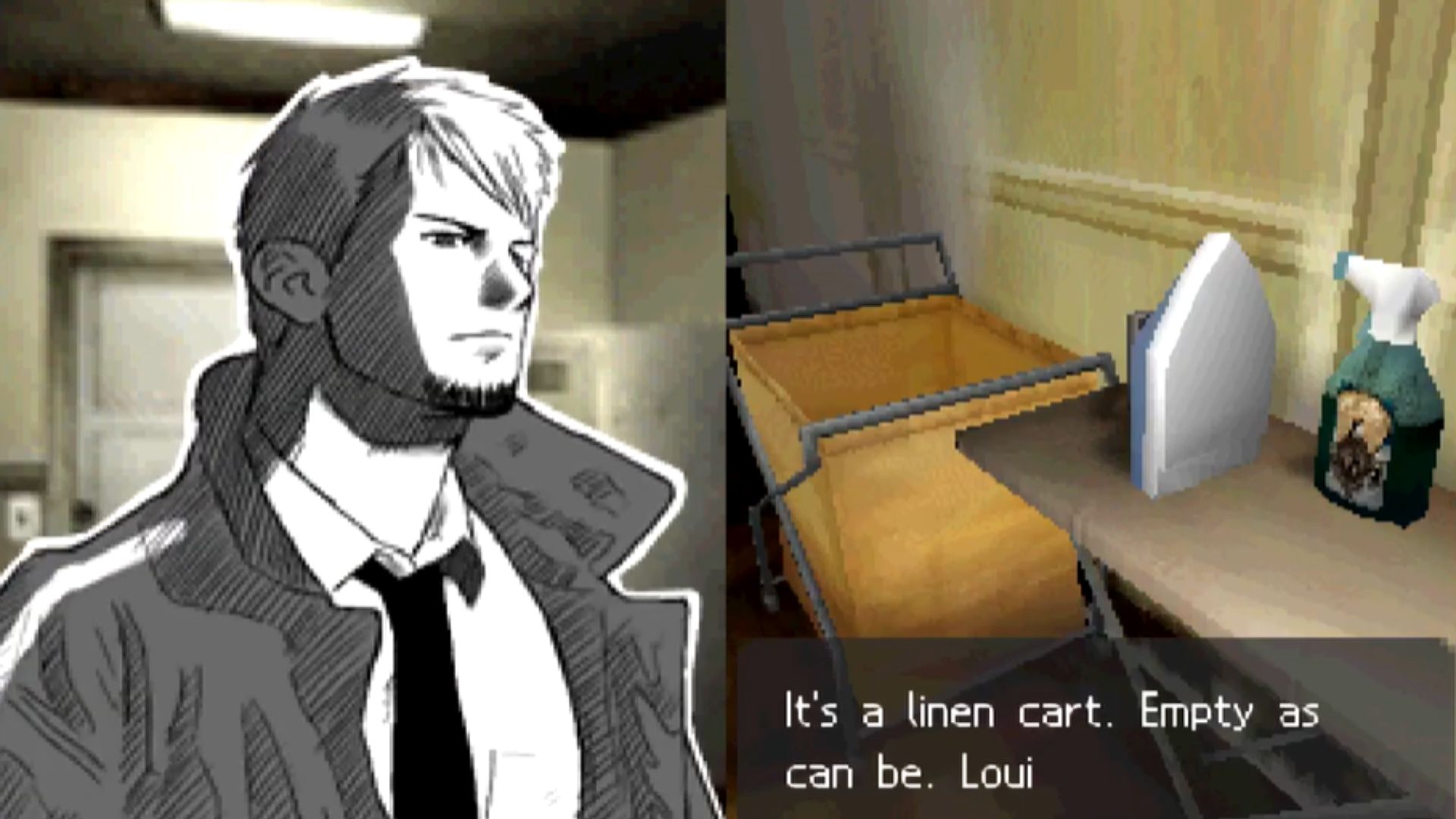 VA-VOOM! || Hotel Dusk: Room 215 (Let's Play/Playthrough/Gameplay) - Ep.3 by Pharaoh
VA-VOOM! || Hotel Dusk: Room 215 (Let's Play/Playthrough/Gameplay) - Ep.3 by Pharaoh
15. Commander Blood
This science fiction adventure, developed by the French studio Cryo—the same company behind Captain Blood—brought its characters to life using rotoscoped video imaging. For the non-CGI cast, the developers used live-action puppeteering performed in front of a chroma key screen.
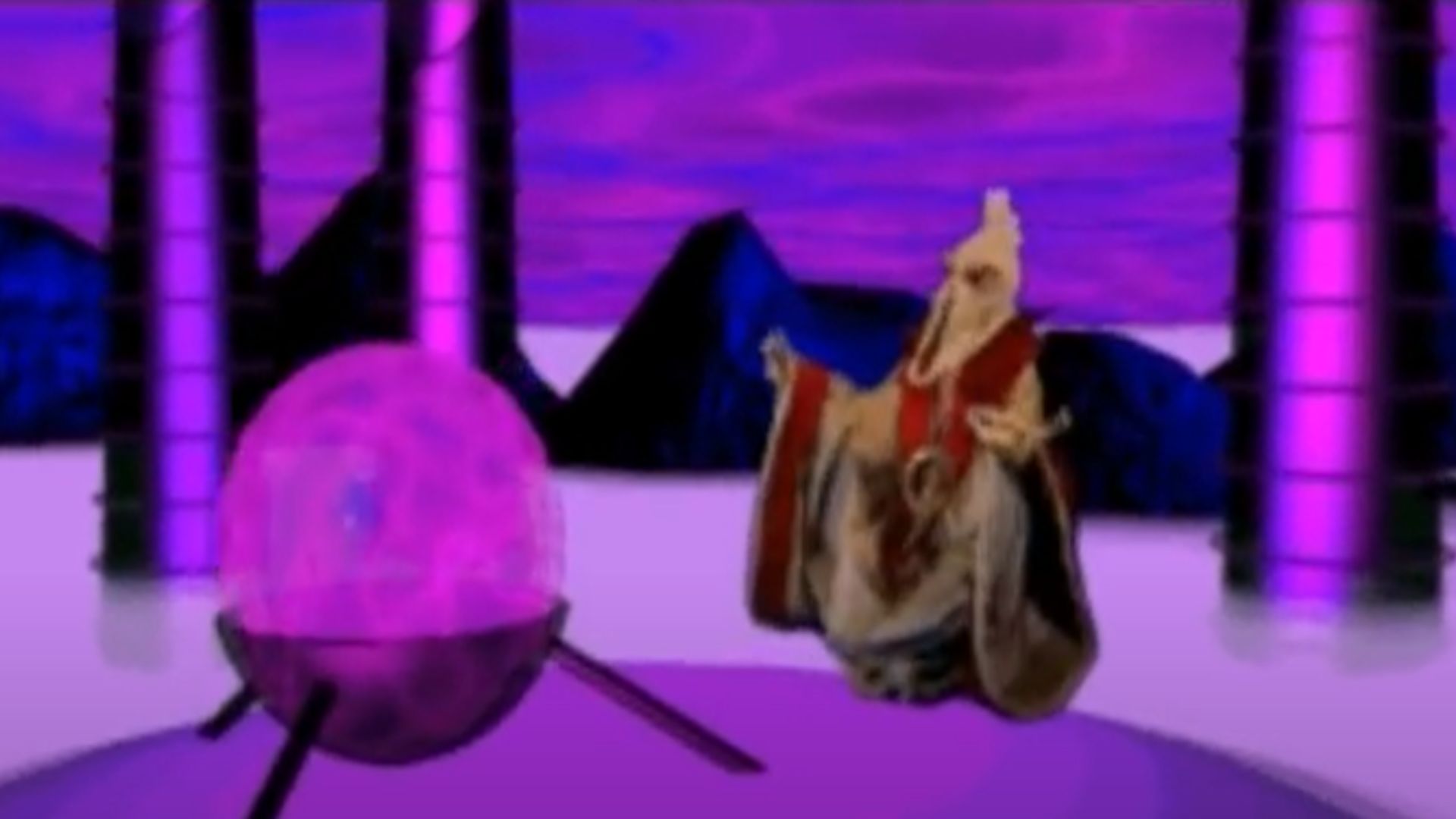 Commander Blood (PC) Playthrough - NintendoComplete by NintendoComplete
Commander Blood (PC) Playthrough - NintendoComplete by NintendoComplete
16. Lester The Unlikely
The protagonist’s animations were rotoscoped from live-action footage, resulting in unusually realistic—and awkward—movement. He kicks off the game literally being washed ashore, terrified of crabs, but over time, his posture straightens as he becomes more confident, a detail reflected in the animation.
 SNES Longplay [159] Lester The Unlikely by World of Longplays
SNES Longplay [159] Lester The Unlikely by World of Longplays
17. Dragonsphere
Rotoscoped animation brought fantasy characters to life with smooth, realistic movements in Dragonsphere. The game’s richly drawn backgrounds made it one of the most visually detailed point-and-click adventures of its time. It was one of MicroProse's last big adventures before they shifted focus from the genre.
 PC Longplay [905] Dragonsphere by World of Longplays
PC Longplay [905] Dragonsphere by World of Longplays
18. Karateka (1984)
Here, Jordan Mechner used rotoscoping to give martial arts combat lifelike precision. It was one of the earliest examples of the technique in video games. Mistakes are costly in this one-life game, and its cinematic approach influenced the design of the original Prince of Persia.
 Karateka - Nes - Full Playthrough - No Death by Heroes of Xanadu - Sloth
Karateka - Nes - Full Playthrough - No Death by Heroes of Xanadu - Sloth
19. Rosewater
Designed as a spiritual successor to Lamplight City, Rosewater mixes adventure storytelling with cinematic visuals. The art style blends classic graphic adventure looks with modern high-resolution detail, and the game uses rotoscoped animation to give its western characters realistic gestures and expressions.
 Rosewater | Complete Gameplay Walkthrough - Full Game | No Commentary by Adventure Vault
Rosewater | Complete Gameplay Walkthrough - Full Game | No Commentary by Adventure Vault
20. Last Window: The Secret Of Cape West
Being only officially released in Japan and Europe makes this game a sought-after title for collectors. It uses rotoscoped sketch-style art for characters, a signature style from Hotel Dusk: Room 215, and the animation technique gives characters a lifelike presence.
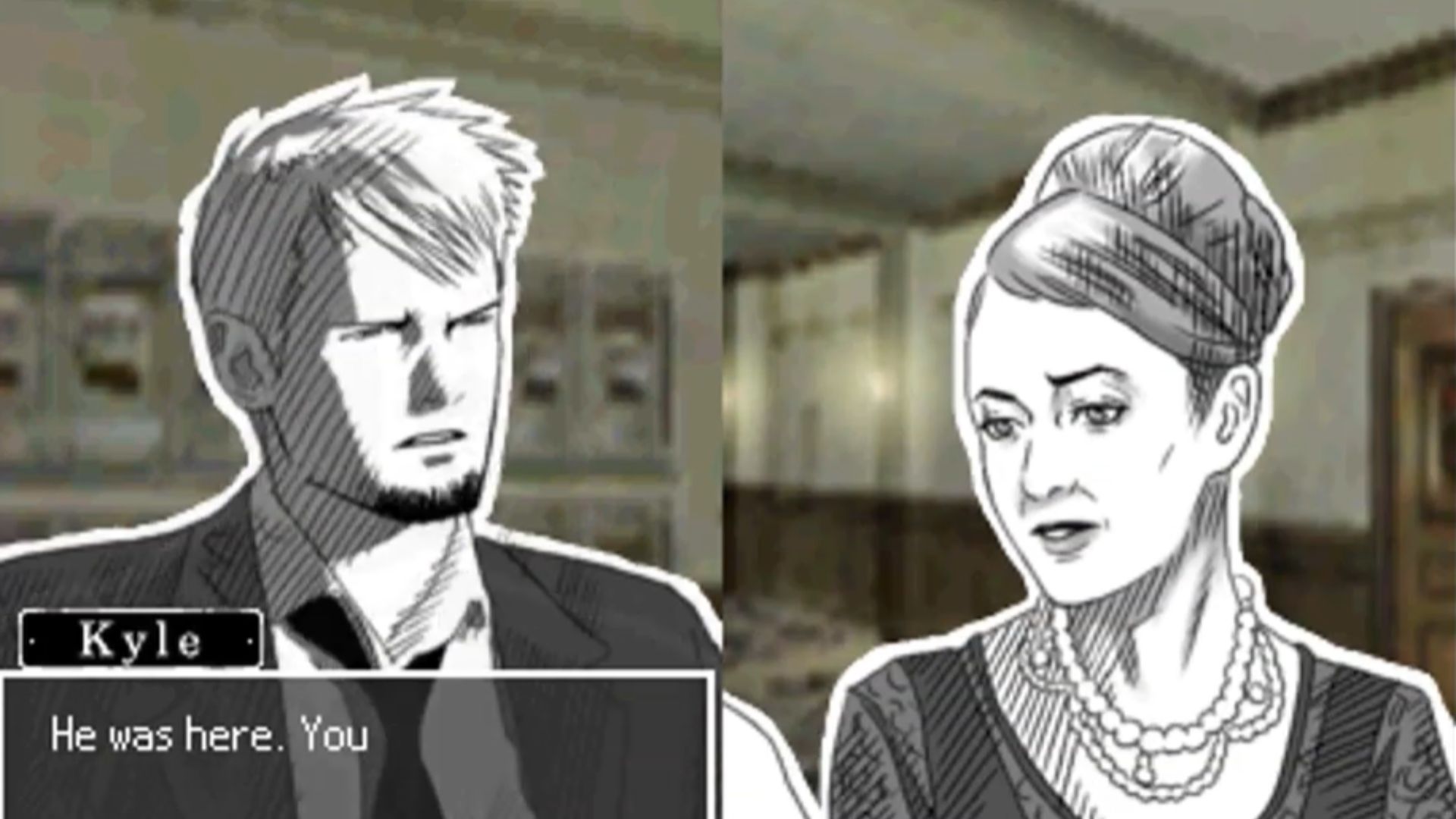 Last Window: The Secret of Cape West - Chapter 1: December 18, 1980 (1/2) by ZSlyzer
Last Window: The Secret of Cape West - Chapter 1: December 18, 1980 (1/2) by ZSlyzer




